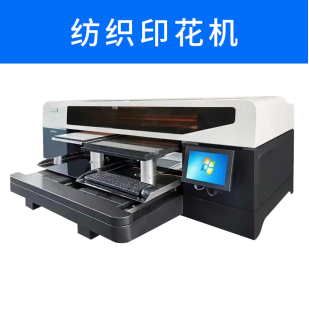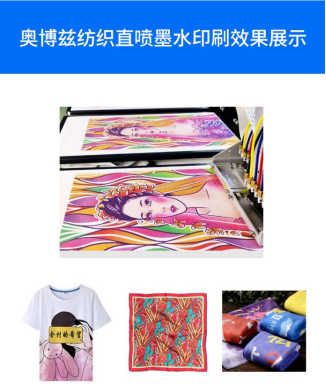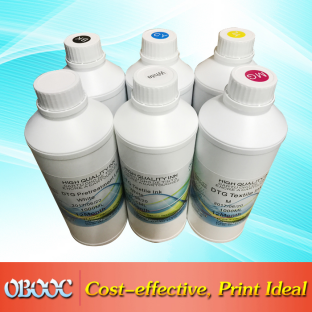The concept of “digital printing” may be unfamiliar to many friends,
but in fact, its working principle is basically the same as that of inkjet printers. Inkjet printing technology can be traced back to 1884. In 1995, a groundbreaking product appeared – on-demand inkjet digital jet printer. Just a few years later, from 1999 to 2000, the more advanced piezoelectric nozzle digital jet printer shined at exhibitions in many countries.

What is the difference between textile direct-jet ink and thermal transfer ink?
1. Printing speed
Direct-jet ink has a faster printing speed and a larger printing quantity, which is more suitable for large-scale
production needs.
2. Printing quality
In terms of complex image presentation, thermal transfer technology can output high-resolution
images. In terms of color reproduction, direct-jet ink has brighter colors.
3. Printing range
Direct-jet ink is suitable for printing various flat materials, while thermal transfer technology is suitable for printing objects of different shapes, sizes and surface materials.

Aobozi textile direct-jet ink is a high-quality ink developed from selected imported raw materials.
1. Beautiful colors: the finished product is more colorful and full, and can maintain its original color after long-term storage.
2. Fine ink quality: layer-by-layer filtration, nano-level particle size, no nozzle blockage.
3. High color yield: directly saves consumables costs, and the finished product feels soft.
4. Good stability: international level 4 washability, waterproof, dry and wet scratch resistance, washing fastness, sunlight fastness, hiding power and other properties have passed a series of strict tests.
5. Environmentally friendly and low odor: in line with international standards.

Post time: Oct-11-2024
